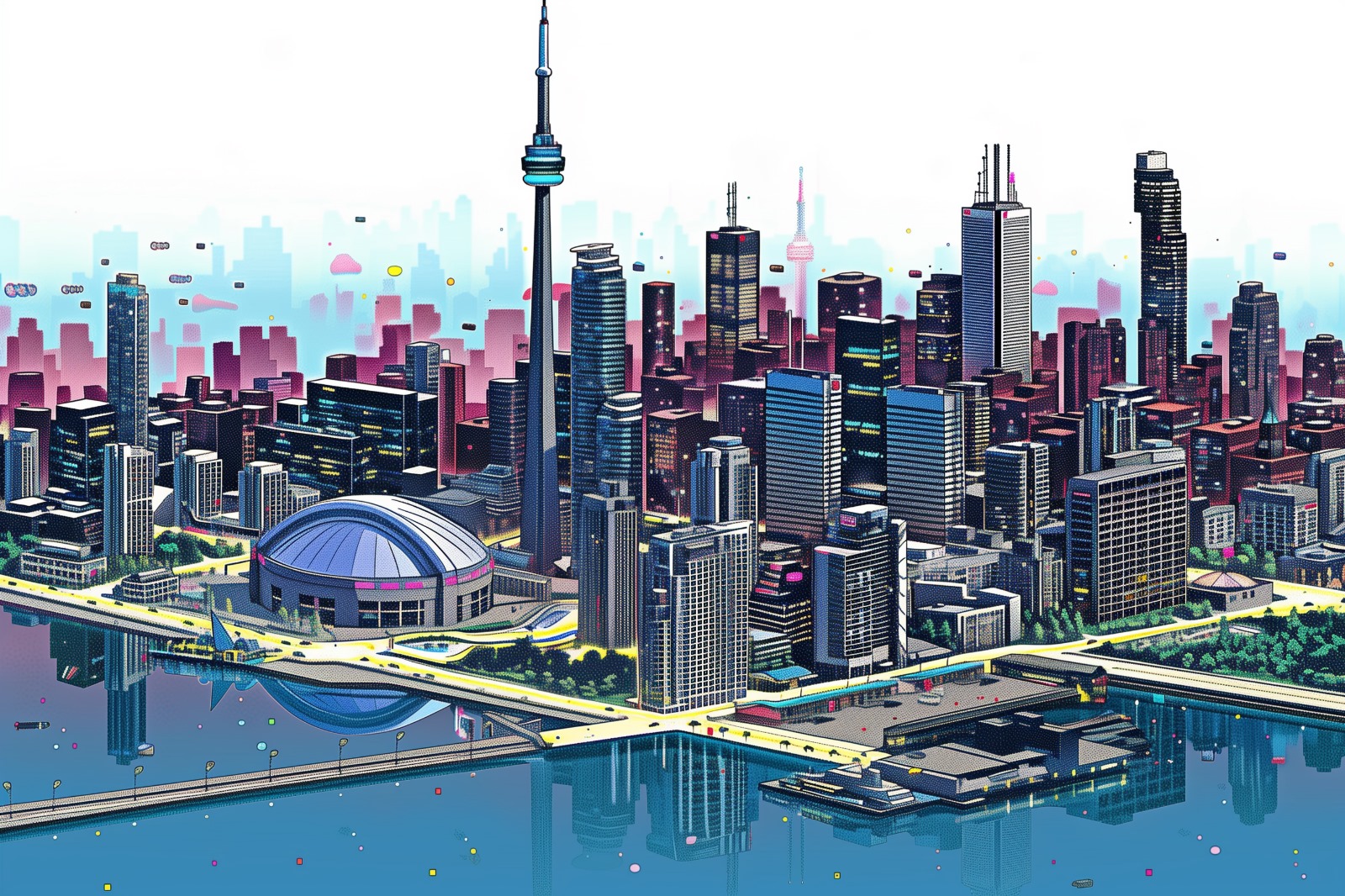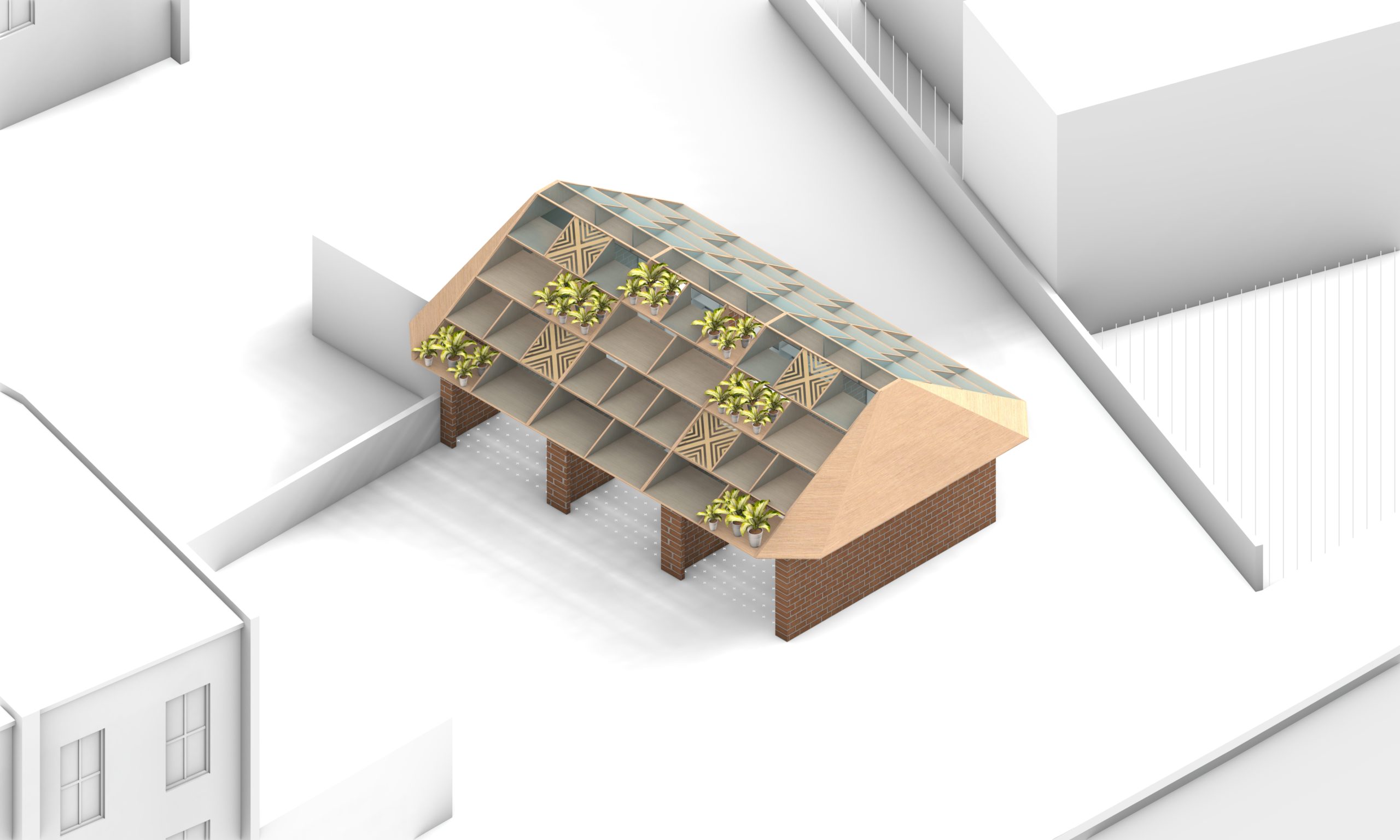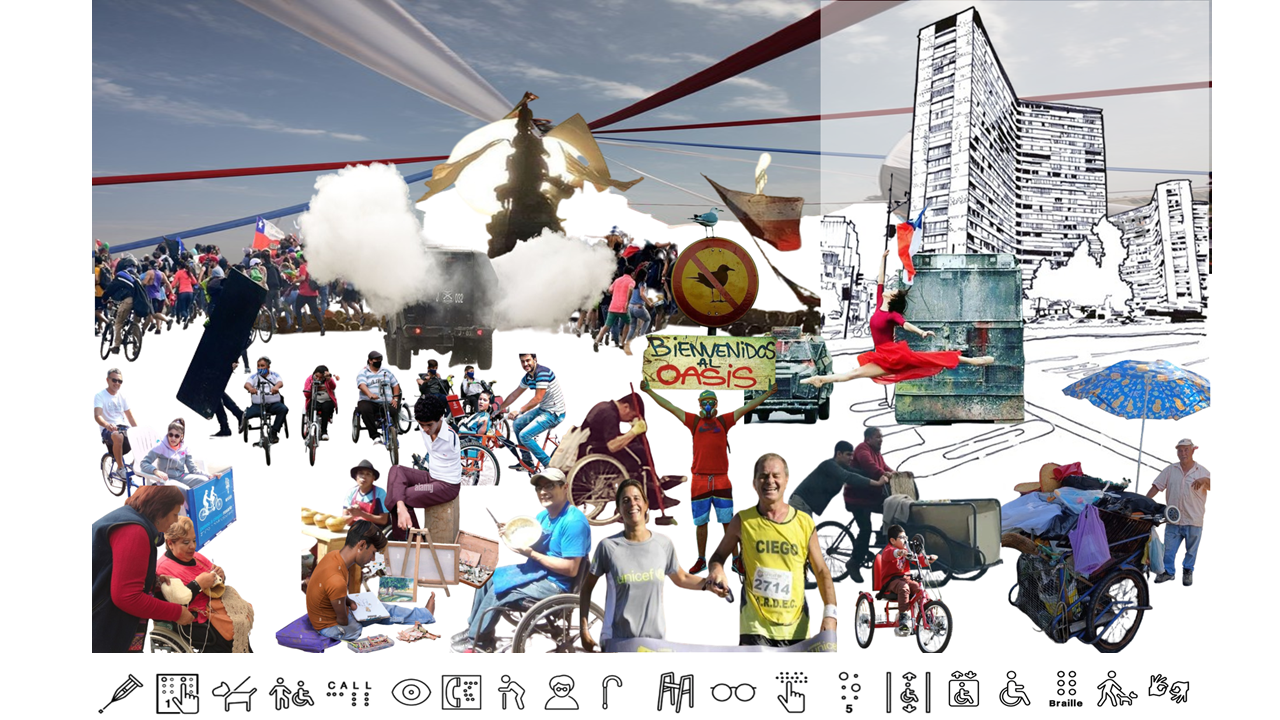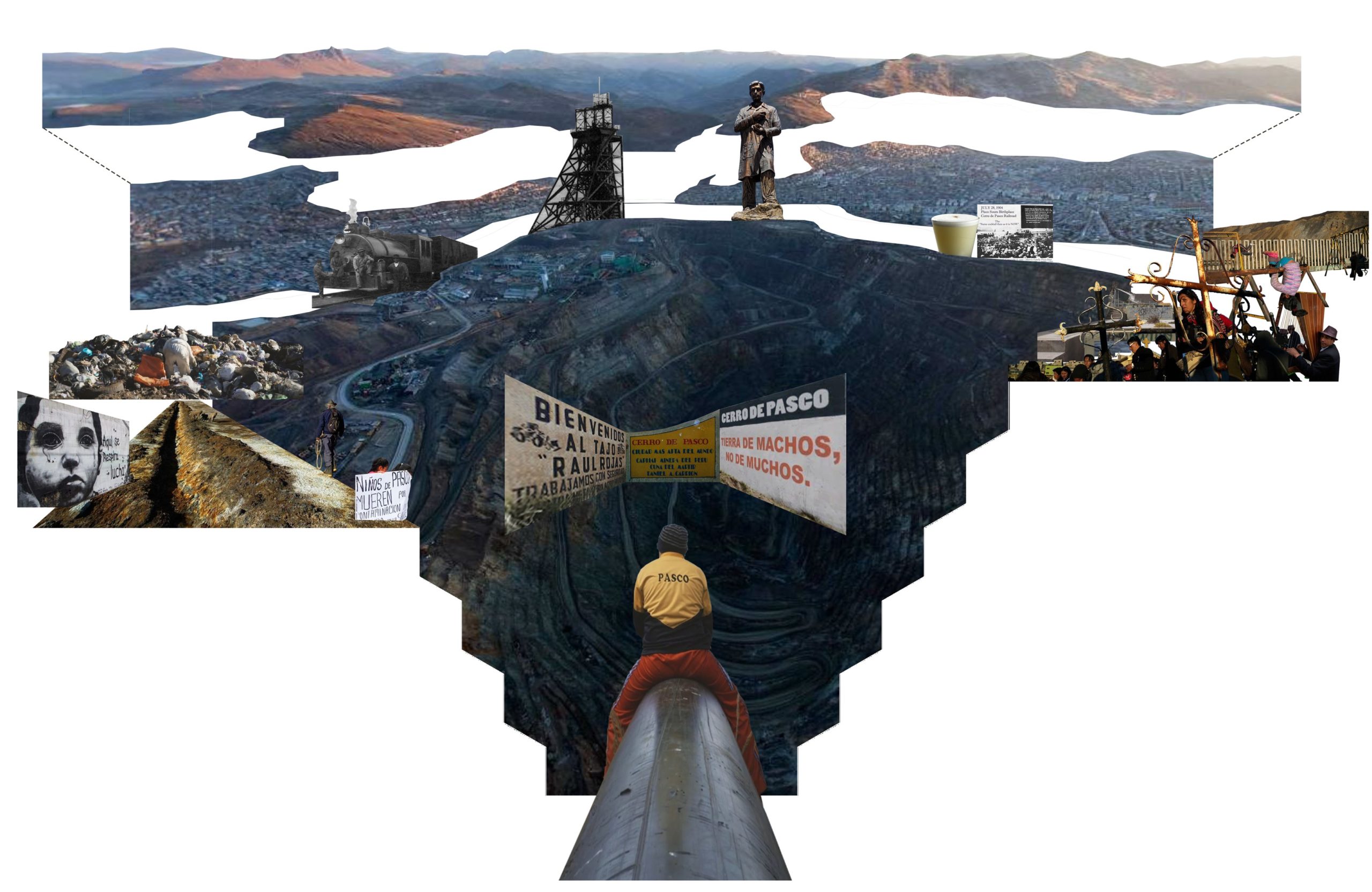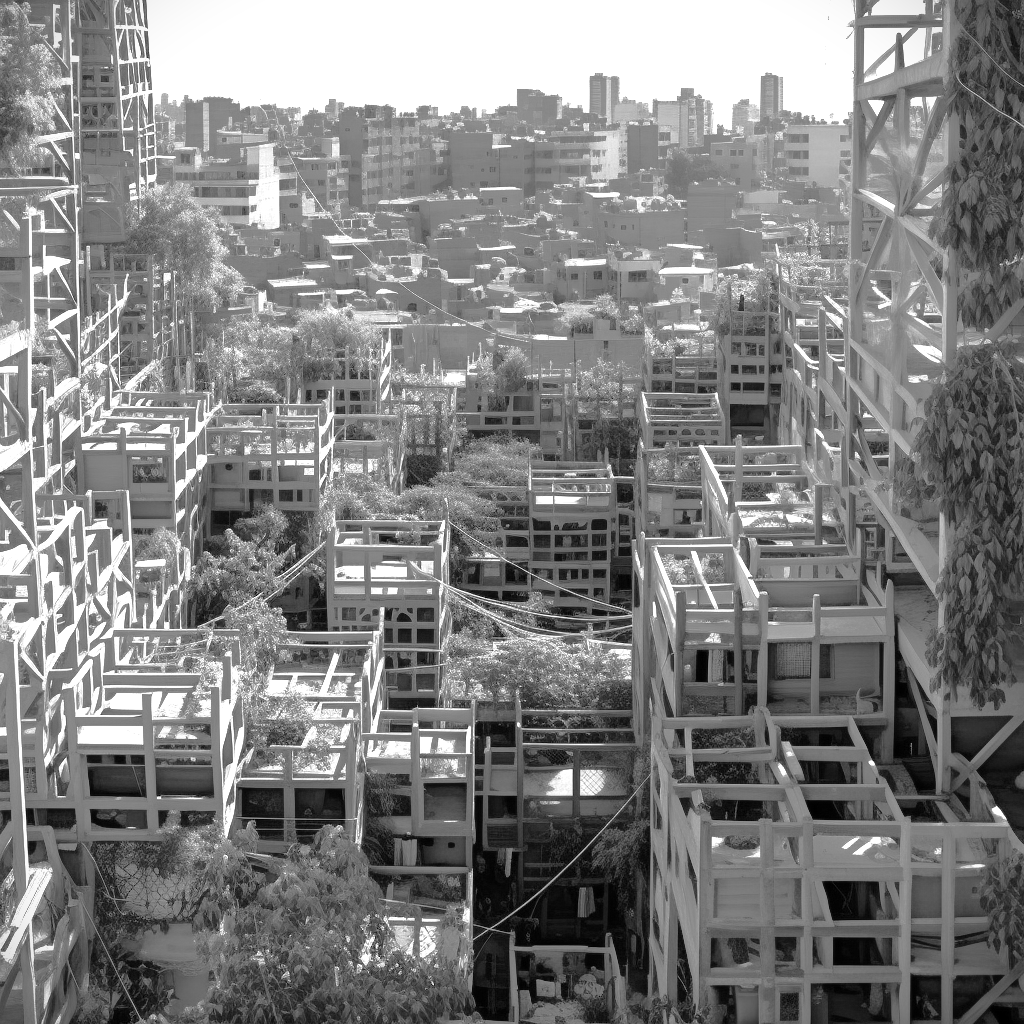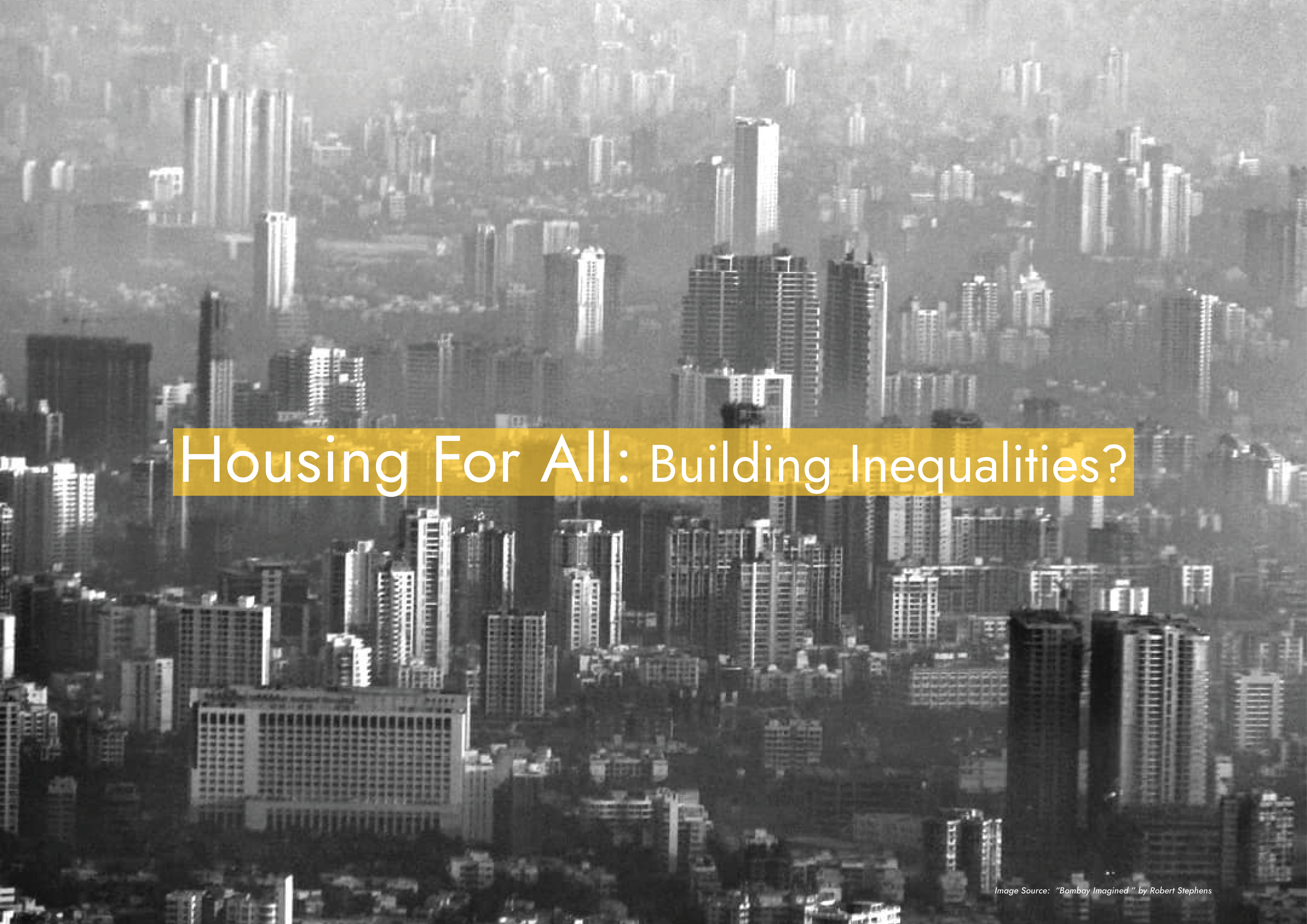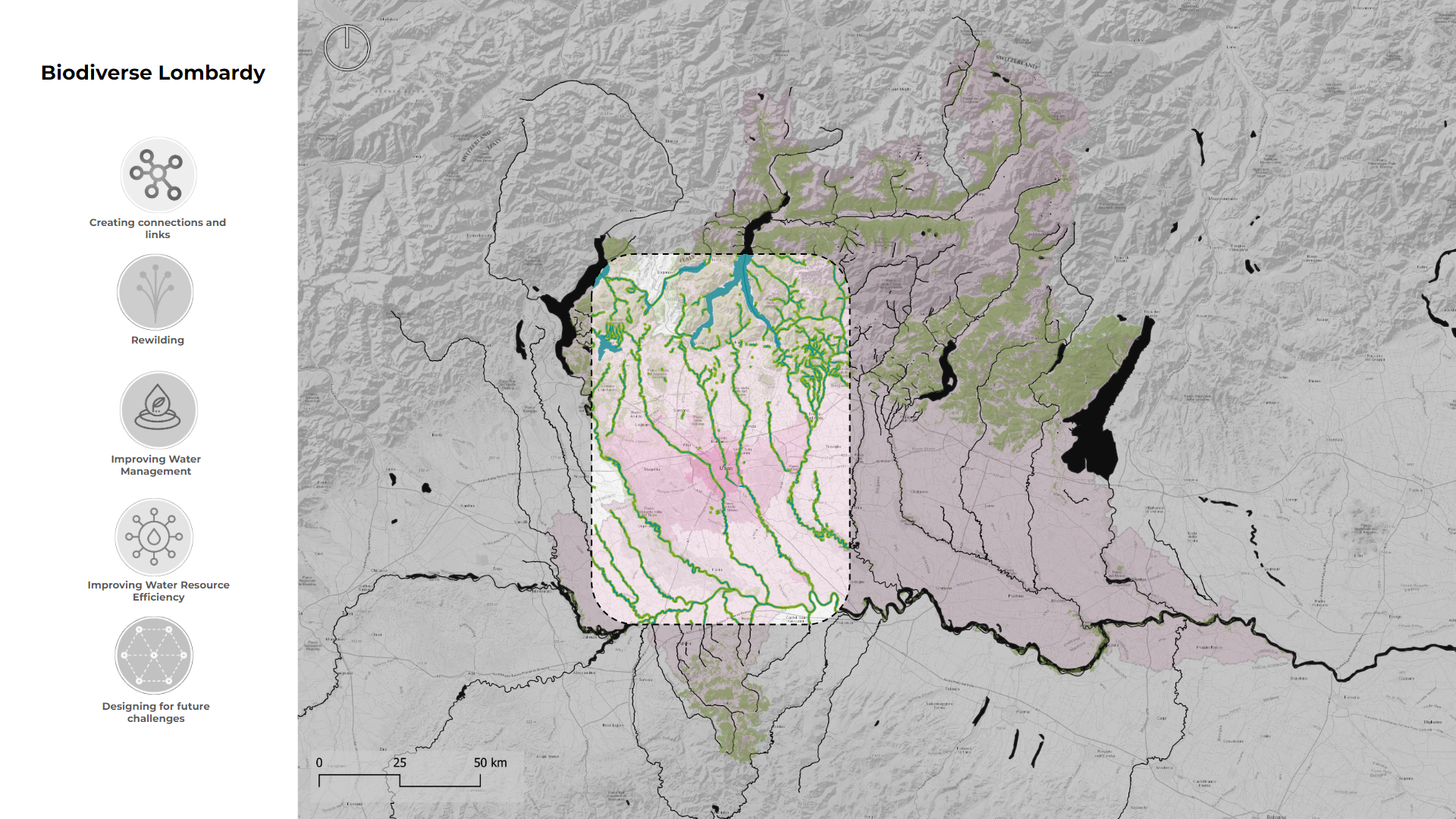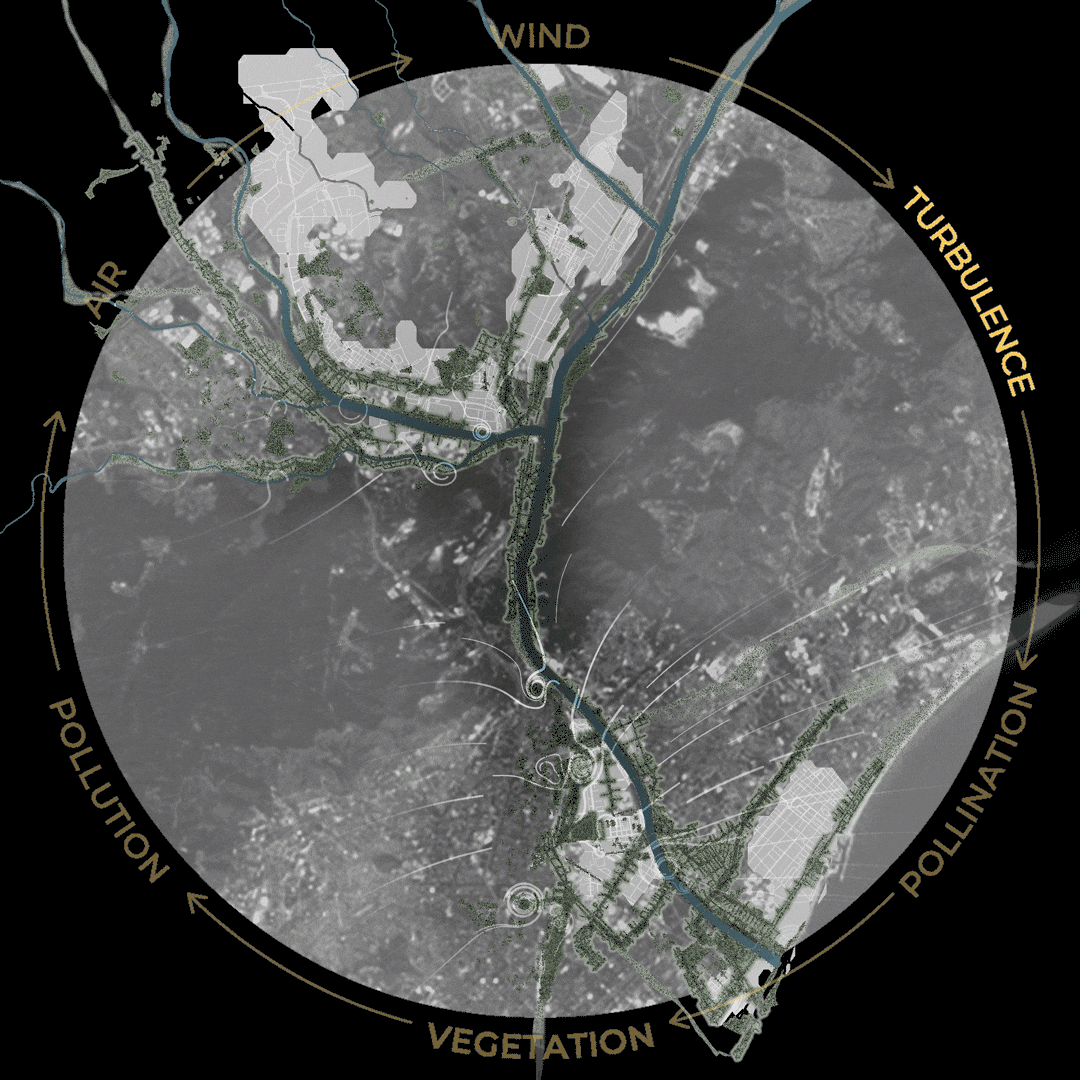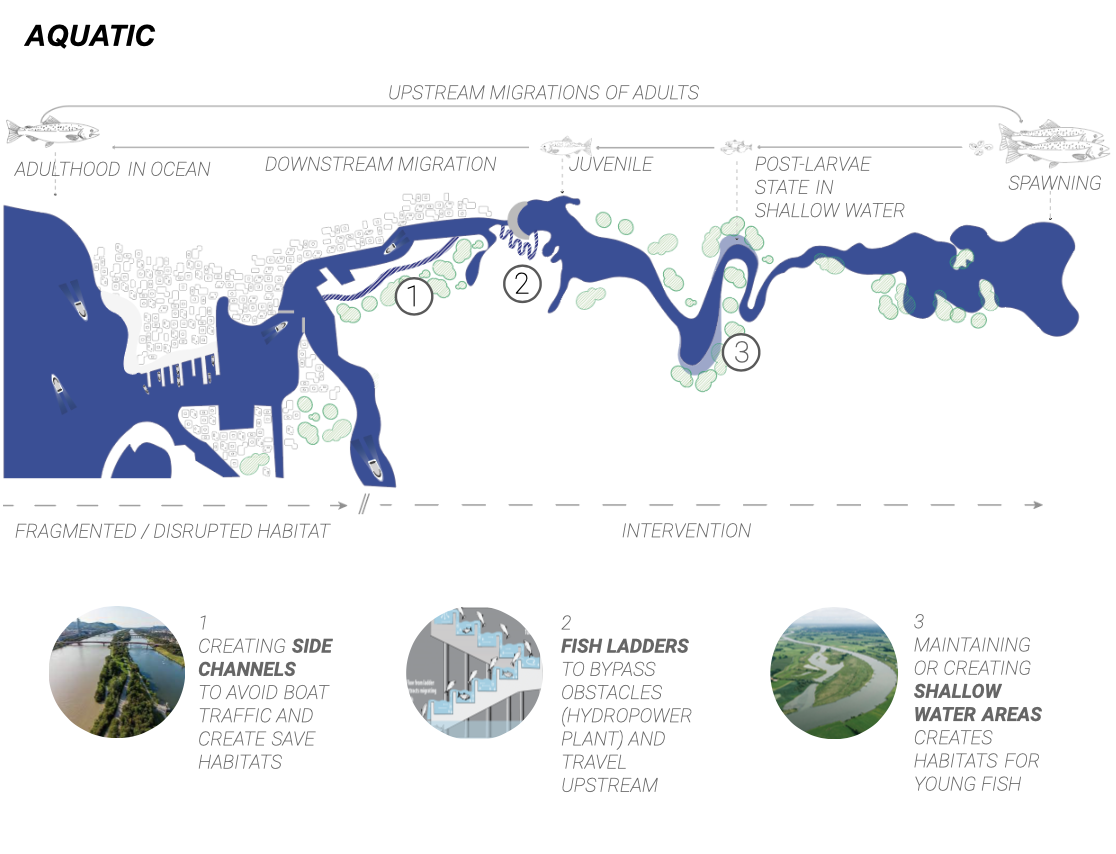‘Gotta Catch ’em All’
Co-design & Experience Platform for Public Art as part of Data, Art and the City (5-day workshop led by Leyla Saadi) Adapted from Pokemon-Go, we propose the development of a place-based app that pops the City of Toronto’s public art scene, drives interest and support for local public art and artists, and co-designs future public … Read more

